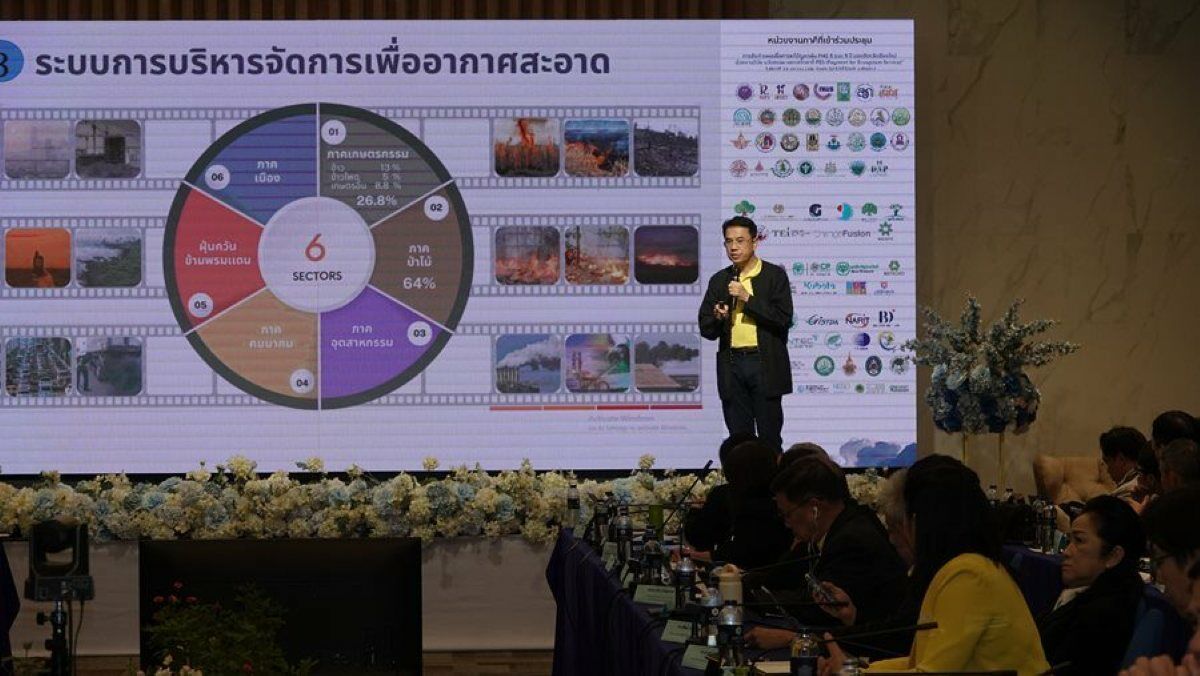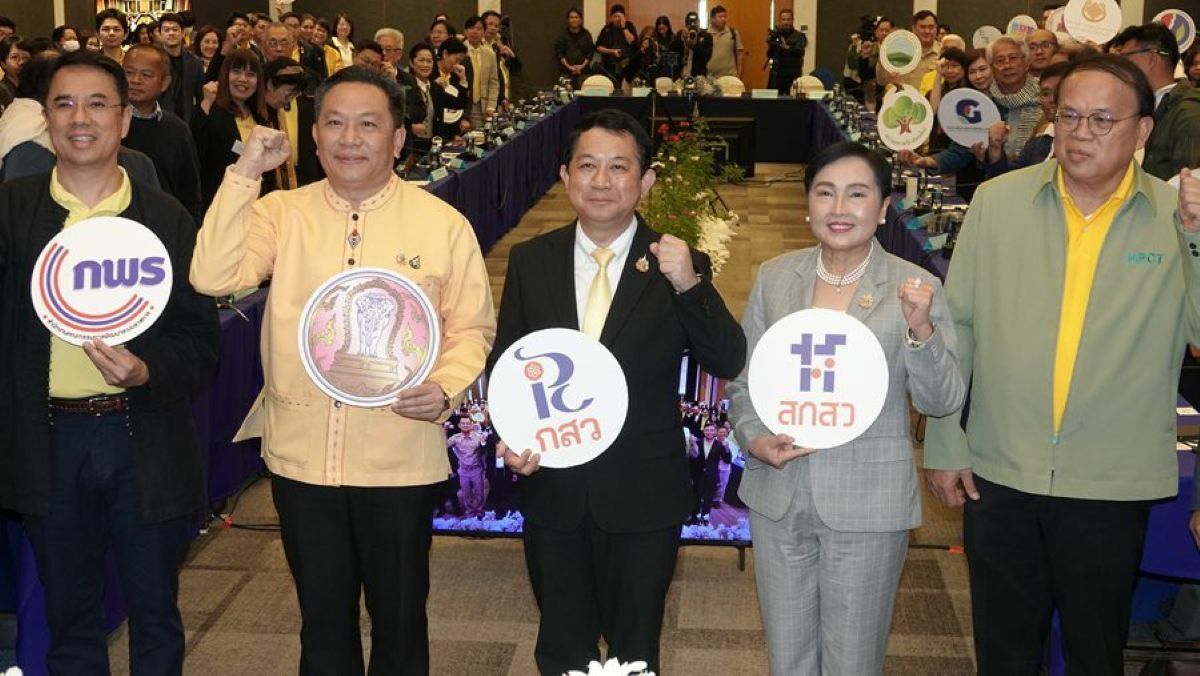Thailand plans five-year strategy to tackle PM2.5 pollution

Last week a workshop was held in Chiang Mai aimed at developing a five-year plan to combat PM2.5 pollution.
The Office of the Science Promotion Commission, along with officials in Chiang Mai held the workshop on January 13 and 14, emphasising a change through research and innovation.
Governor Nirat Phongsitthaworn of Chiang Mai highlighted the importance of utilising research to address the province’s PM2.5 pollution issue, describing it as finding the best tool for fighting this problem.
He stressed that PM2.5 pollution affects everyone and requires collaborative efforts, supported by effective tools, data systems, and knowledge from research and innovation.
Professor Doctor Sirirerk Songsiwilai, chairman of the Science, Research, and Innovation Promotion Committee, proposed an eight-goal strategy to make Thailand safer from PM2.5 pollution. One key goal is to eliminate PM2.5 pollution in eight provinces in the upper north by 2026.
The Office of Science Promotion has allocated approximately 130 million baht for Chiang Mai’s PM2.5 problem in the fiscal years 2023 and 2024 and plans to extend successful measures to the entire region with a budget of 450 million baht for 2025 and potentially another 450 million baht in subsequent years.

The strategic objectives of the committee include limiting the number of days with PM2.5 levels exceeding standards to 50 per annum, reducing the number of first-time COPD admissions due to dust to below 1,000 annually, and limiting unauthorised hotspots to 4,000 per year.
Doctor Banthoon Setthasirote, a member of the Clean Air Act Committee, discussed the systemic and structural roots of the PM2.5 issue, emphasising the need for research-driven legal frameworks and collaboration across all sectors rather than reliance on legislation alone.
Four pillars
Dr Banthoon pointed out that the draft Clean Air Management Act requires consolidating seven versions into one, aiming not only for pollution management but also for cleaner air. The act’s four pillars focus on decentralisation, rights and duties, incentives or impact reduction, and joint management promotion, using management tools and economic measures supported by research and innovation.
Thosapon Phueng-udom, inspector-general of the Ministry of Interior and former deputy governor of Chiang Mai, stressed the importance of strategic planning for the five-year PM2.5 solution plan. He highlighted the need for reliable tools and innovations to support budget planning and strategy execution.
Chiang Mai’s achievements in 2023 included a 34% reduction in hotspots, a 47% decrease in burnt areas, a 24% drop in days exceeding dust standards, and a 74% decrease in first-time OCPD hospital admissions.
Research revealed that 40% of Chiang Mai’s dust crisis was due to transboundary pollution, highlighting the necessity of local and regional collaboration, reported KhaoSod.
Latest Thailand News
Follow The Thaiger on Google News:


























